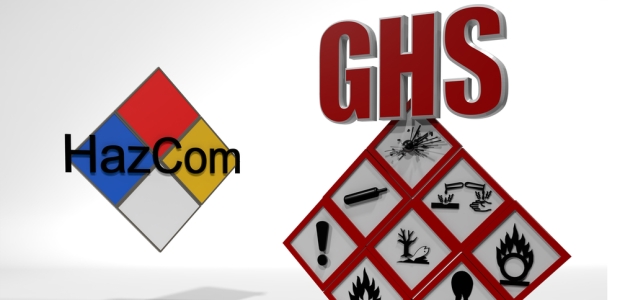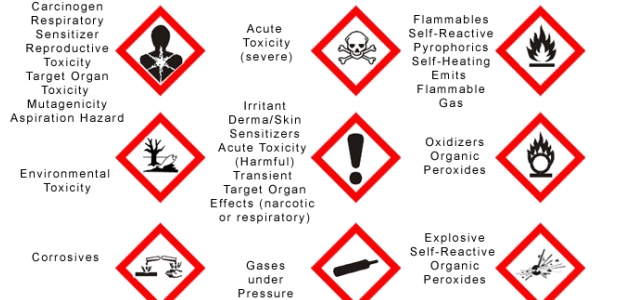
A new survey shows more than 21 percent of companies did not meet all GHS compliance requirements.

To be compliant with OSHA's general duty clause for workplace safety, facilities that produce potentially combustible dust should do everything they can to ensure compliance with NFPA 652.

Preventing slips & falls is the only way to keep your company on firm ground.

Most workplaces will require that the spill and the cleanup operation be documented in order to evaluate how effectively the spill response plan worked, as well as to look for ways to prevent such a spill from happening again.

Your first line of defense is using your head to eliminate hazards and implement engineering and administrative controls.

A comprehensive EHS platform can also restructure once-manual safety procedures and contribute to the company’s digital transformation efforts.

Employees need to refresh their training and have drills regularly so they will be able to rely on both their knowledge and their experience when emergencies happen.

Don't let complacency permeate your hazard communication program.

Companies can address an aging construction industry with sophisticated technology.

Time, efficiency, and protection become key factors the right respirator selection can address before a worker is ever faced with an emergency situation.

Integrating the JHA and Work Planning processes reinforced the new philosophical approach for shifting responsibility for working safely to those responsible for planning and actually performing the work.

Even if a fall hazard isn't specifically addressed, if it can be identified, plans need to be made to mitigate the hazard and prevent employee injuries.

An effective HazCom training program provides employees with a deeper understanding of the dangers and emergency situations they may face.

The Kentucky Fatality Assessment and Control Evaluation (FACE) program investigates fatalities and makes recommendations for preventing future similar injuries.

Placement of the emergency equipment is very important. A person in pain and with possibly obstructed vision should be able to traverse the path from hazard to the flushing units within seconds.